Hiking the Rucu Pichincha Volcano is a glorious way to explore the Andean wilderness only a short distance outside of Quito. In fact, if you’ve read my earlier post about riding the Teleferico, you already know that this activity is one of the most popular in the city with tourists and Ecuadorians alike. But that ride is only part of the adventure!
The Pichincha Teleferico
The short trip on the Teleferico is worth the price admission, just a few dollars per person. Without it, hiking to the summit of the Rucu Pichincha Volcano would take hours longer. Instead, hikers can enjoy beautiful views from the sky tram and avoid hiking the least wild parts up the mountain.
This is also a good time to note that Pichincha has two summits – Rucu (the one we are writing about in this article) and Guagua. To learn more about the baby summit and its active volcano, check out our articles:
Arriving high on the slope of Rucu Pichincha, the Teleferico provides an easy opportunity for stunning views. A short hike takes you into the Andean moors, better known as the paramo. It is a place that is both wild and serene.
We’ve seen purple-headed, white-breasted hummingbirds among the bright orange cone flowers called chuqiragua. Black-and-white Curunculated Caracaras have tried to steal our lunch.
In the past, we hiked high enough to see the city of Quito spread out below us yet still not be able to make out a beginning or an end of this continually growing metropolis. That first trip, altitude sickness brought us back down before we had made the summit. Our second trip found us hiking very high but still not making it as far as we would have liked. Trip three was supposed to be the magic number.
starting Our Hike From The Teleferico
We started early to have plenty of time. Round trip from the top of the Teleferico to the Rucu Summit takes most hikers about 6 hours. Our goal was to make it back to the Teleferico by mid-afternoon. That was mainly so that we could avoid the heavy afternoon traffic back home across the city.
We also wanted to see gorgeous views and the earlier you hike, the better chance you have of cloud-free vistas. When we arrived, we were blessed with the very top of Antisana peeking out above the clouds! But not for long. The clouds quickly gathered in the distance, obscuring the volcanoes in the far distance.
Furthermore, our goal was to avoid one of the worst scenarios – to gain the summit only to find oneself enshrouded in clouds once you reach the top.
An Early Start is a Must
Despite starting early, I struggled to make good time on the trail. As we passed each milestone where I had turned around before, I breathed a deep sigh of relief. At least I would make it further than ever before. However, this trail is a killer – the high altitude not only saps the air from your lungs, it deprives your muscles of the oxygen they need to climb.
Despite lack of altitude sickness – no headache, no stomachache, and only the slightest bit of stumbling -my legs were like jelly after a couple of hours of steep hiking. We made it past the famous cave (not very exciting) and had tackled the mountain of scree that causes many hikers without proper footwear tons of problems. But at that point, I was afraid if I continued that I wouldn’t make it back to Teleferico.
Fortunately, I found a nice spot with a view over the edge so that I could see the actual crater and sister peak, Guagua Pichincha, across the way. That alone was worth the hike!
Hiking to the Summit of Pichincha
My son was better prepared to make a run for it. He took off ahead while I waited below. I snapped a photo of him high above, thinking he was on the summit. He later told me that it was a little further than that, but only about another kilometer more. Luckily, we hiked far enough fast enough that he was able to see the view from the highest point of Rucu Pichincha with unimpeded views. A short time later, the clouds rolled in.
The trip down was uneventful but very, very long. It was tough on my tired legs and especially hard on my knees. I was thankful I turned around and rested when I did. For the younger and healthier among us, don’t underestimate the difficulty of this hike. Just make sure to hike prepared!
TIPS FOR HIKING RUKU PICHINCHA
My advice to all of those hiking in the Andes, not just Ruku Pichincha, is to take everything you might need. This might sound like common sense, but we see hikers all the time in Ecuador that do not have the most basic supplies. Few carry rain gear despite rapid changes in weather. Many wear normal tennis shoes rather than well-soled boots, making downhill treks in scree near impossible without relying on one’s rear end. That said, here is our short list of must carry items:
- Water – enough for a full-day hike. There are no streams to refill bottles.
- Food – high energy snacks are better than full meals. High altitude takes away your appetite but not your need for energy.
- Rain gear
- Cold Weather Layer – winds and weather change rapidly
- Good boots for hiking
- A map, or better yet a local guide, if you plan to hike beyond the summit – however, if the fog or a storm rolls in, consider turning back. There are side branches to this trail that have caused people to lose their way in bad weather.
- A pair of gloves for climbing (not necessary but could help on the rocky ascent)
This article was originally published on November 11, 2014. It has been updated and improved for grammar and formatting.

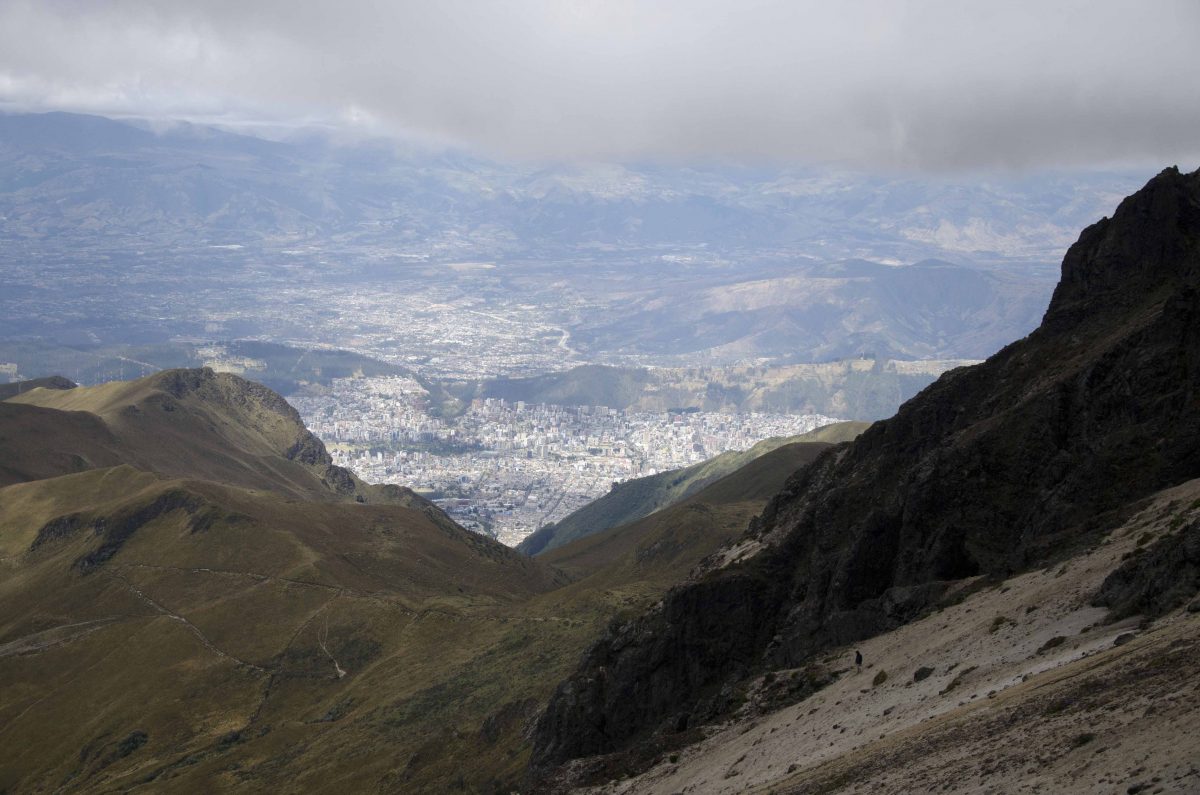

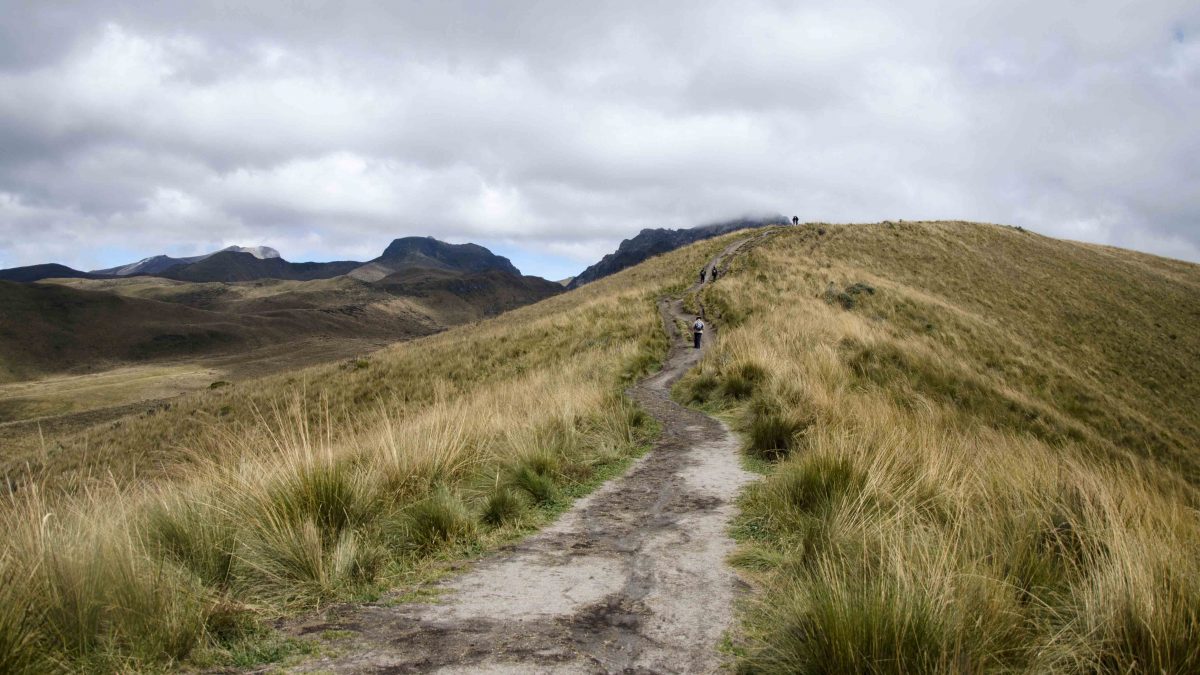
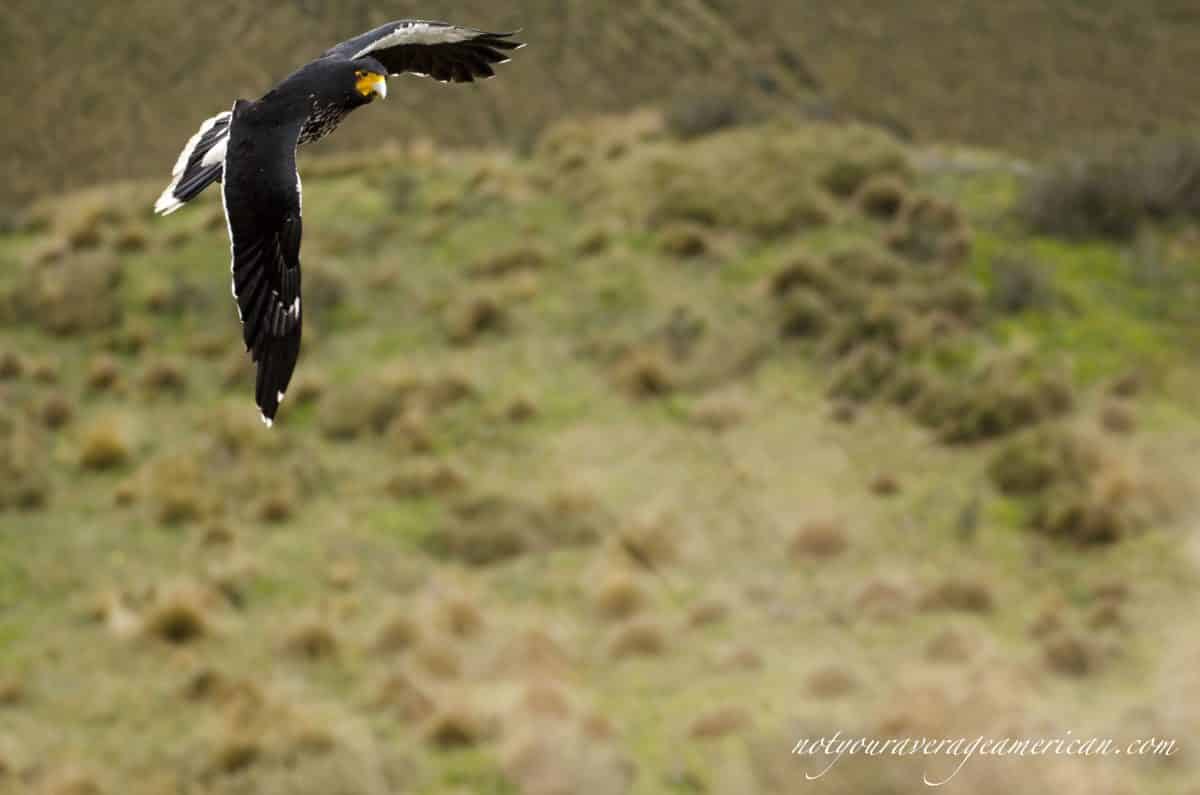

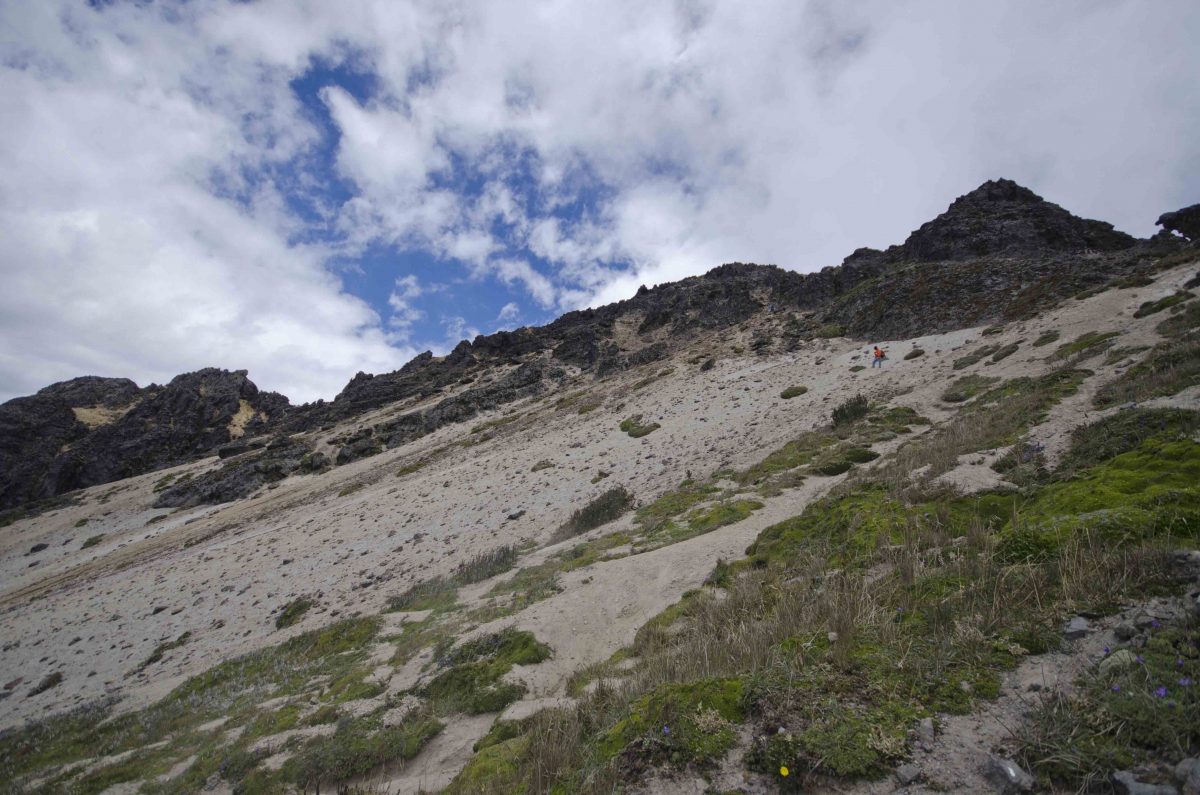
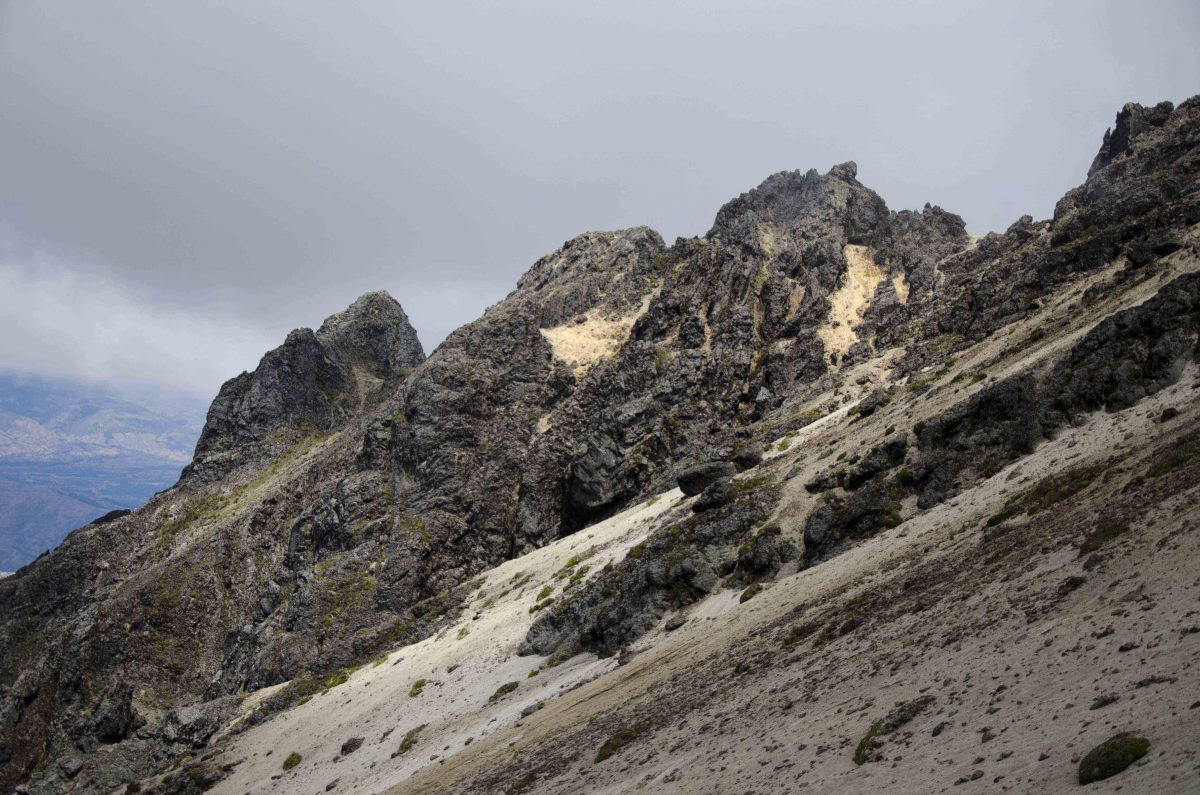
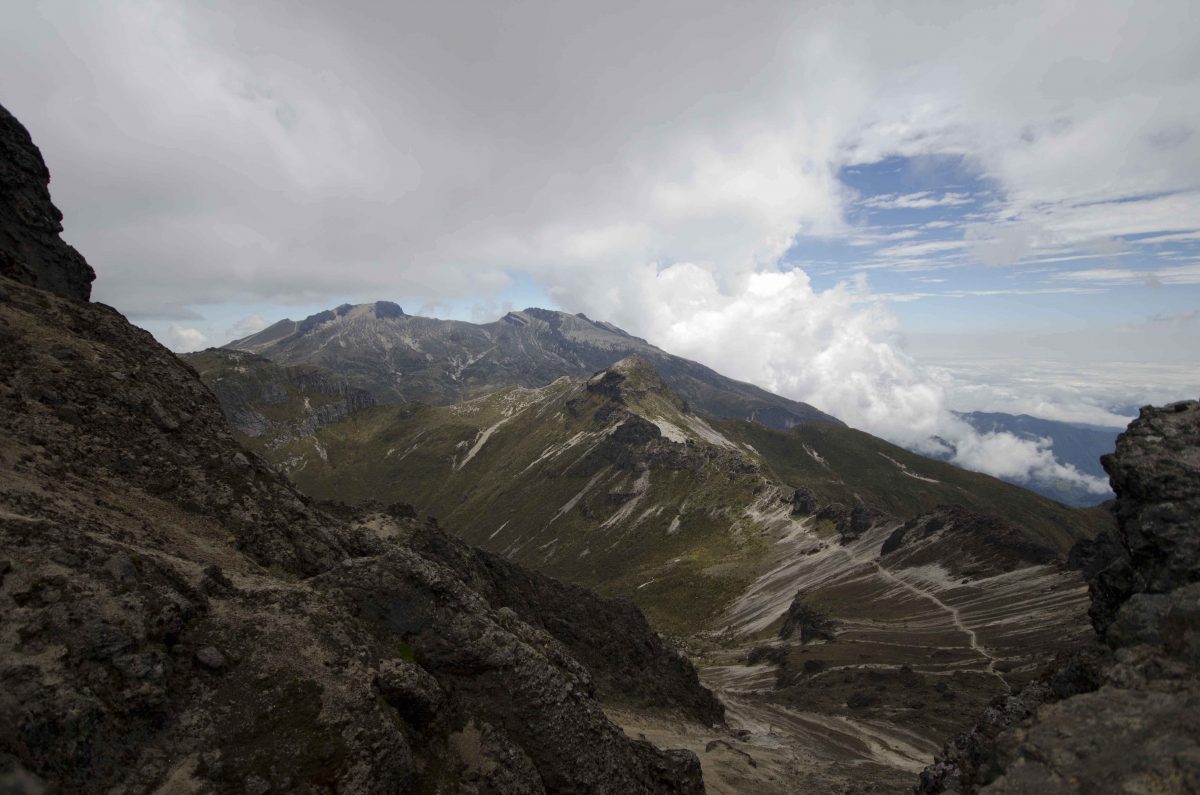

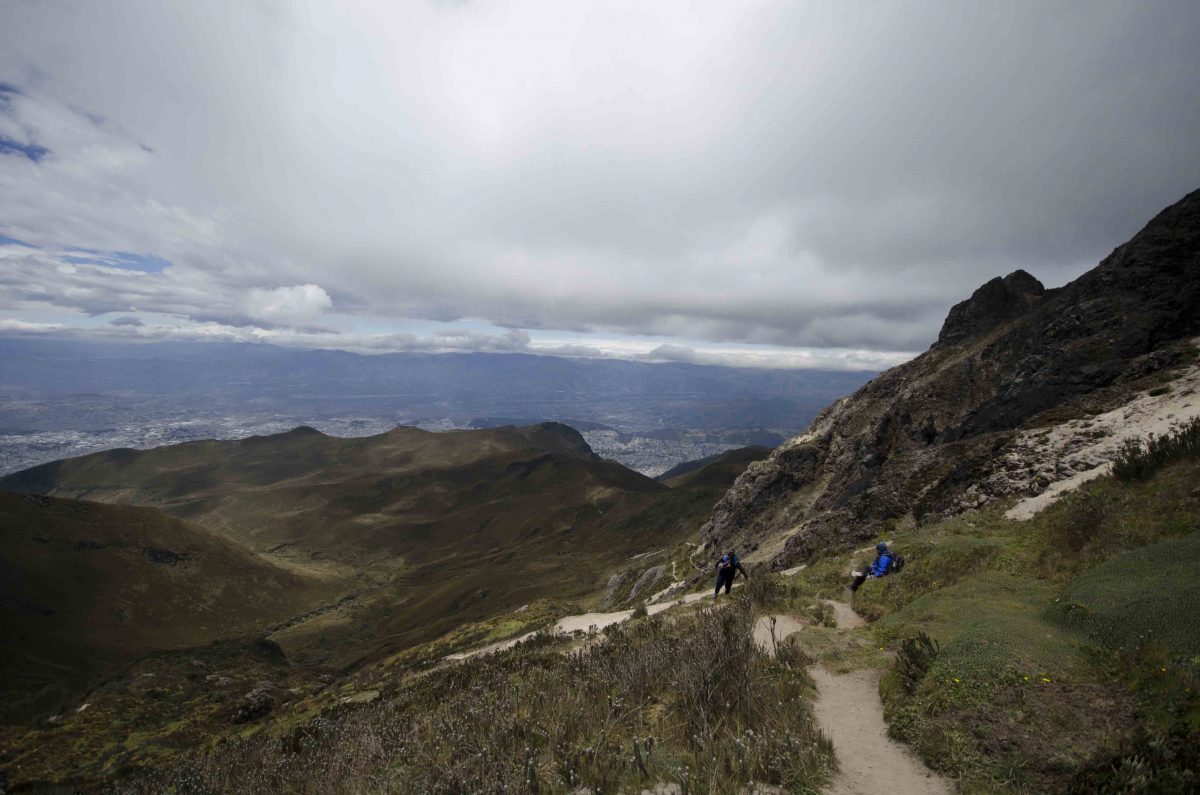


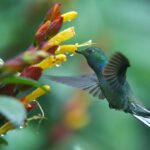
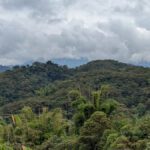





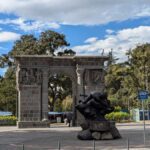


0 comentarios